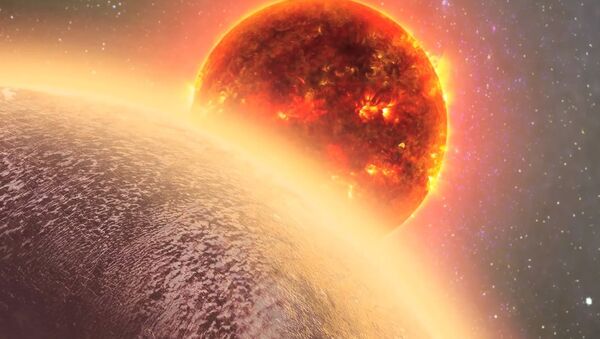Star HD 208897 is located about 210 light-years from Earth, and has been the focus of an international study that included Japanese, Russian and Turkish astronomers. The team, which published its findings in arXiv, a Cornell University archive, used spectroscopic and photometric technology to search for any planets in orbit around HD 208897.
"In this work, we report the first planet discovery around a giant star HD 208897 in our planet search program using the RTT150 and 1.88 m telescope at OAO," the paper reads.
The planet in question has a mass of at least 1.4 Jupiters (or about 445 Earths). It is about the same distance from its star as Earth is from the sun, completing an orbit every 353 days. Unlike the Earth, the planet seems to be maintaining a nearly circular orbit around its star; Earth actually orbits in an elliptical path around the sun.
The study was meant to prove that planets that are difficult to detect, such as ones that orbit giant stars, can be spotted through the use of concentrated and long-range observation. "This discovery will be important in understanding the planet formation around metal-rich intermediate-mass stars and the effect of stellar evolution on the planetary system configuration," the researchers wrote.
This is the second Jupiter-esque planet to make waves in recent weeks. WASP-121b set records last week as it became the first planet outside of the solar system to have a confirmed stratosphere. WASP-121b's boiling hot atmosphere, 4,500+ degrees Fahrenheit, has made it appear to glow in photographs.





